Trump wants to slash funding for science research—but it will hurt the entire economy
President Trump says he is eager to make America healthy again and boost economic growth. His success hinges, in large part, on the National Institutes of Health. Yet the Trump administration recently paused NIH meetings on new grant applications and proposed a cap on NIH funding for overhead costs. In response, research universities are already cutting studies and rescinding doctoral degree offers. For decades, the NIH has functioned like a giant venture capital firm operating on behalf of the American taxpayer. It makes tens of thousands of small investments in basic scientific research each year that—in the aggregate—yield enormous societal returns, even though they often take decades to come to fruition. The government’s own research indicates that for each one-time $1 investment it makes in basic science research, society reaps $0.43 in recurring annual benefits from increased economic activity, improved worker productivity, and better health as a result of new medicines. Of course, the NIH doesn’t—and couldn’t—do it alone. Universities, research hospitals, and the biotech industry all play their part. But it’s the NIH that essentially kickstarts this cycle of innovation.Most of the NIH’s budget goes toward grants that support university labs across the country. Between 2019 and 2023, NIH funding levels for universities, hospitals, and medical research institutions increased 23%. In fiscal 2023, the agency doled out nearly $35 billion—about 73% of its total budget—to almost 59,000 grantees at 2,500 different organizations. The average grant was less than $600,000.In these labs, scientists conduct experiments that sometimes, at first glance, seem to have little practical application. Think of past NIH-funded research featuring cocaine-addicted rats pressing levers or tiny shrimp jogging on underwater treadmills. These seemingly wasteful experiments have actually informed medical breakthroughs and saved lives. The rat research helped crack open the secrets of dopamine and addiction, paving the way for opioid abuse treatments like buprenorphine—a drug proven to decrease overdose deaths by 38%. Meanwhile, the shrimp cardio workouts weren’t just crustacean CrossFit; they revealed how low oxygen affects muscle endurance—which yielded insights for treating muscle atrophy and heart disease. What looked like government-funded lunacy to outsiders led to scientific findings that made Americans healthier, proving that curiosity—even the weird kind—pays off. But when labs make a research breakthrough, that’s merely the start—not the end—of the development process. Universities have neither the resources nor the desire to turn insights into real-world drugs or medical devices. Instead, universities typically license their discoveries to biotech companies, which then spend years and billions of dollars working to turn those initial findings into FDA-approved treatments. It’s a risky—and enormously expensive—process. About nine in 10 experimental medicines fail in clinical trials. Fortunately, the financial risk of that process mostly falls on private companies and their investors, not on taxpayers. One recent study that examined FDA-approved drugs found that for every dollar the NIH had contributed toward their development, the private sector contributed over $65. But without NIH grants, this entire cycle of innovation would never begin, because private companies could never justify funding extremely early-stage basic research with unclear commercial applications on their own. That wouldn’t merely harm public health—it’d also send shockwaves through our economy. In my home state of Illinois, research institutions received around $6 billion in NIH grants from 2019 to 2023. That sort of research yields significant scientific investment—evidenced by the fact that Illinois biotech startups raised nearly double that in venture capital from 2019-2023. These research and commercialization efforts boost our economy. Illinois’ biotech sector supported over 93,000 jobs spread across nearly 5,000 establishments in 2023. And Chicago recently ranked 10th in the nation for biopharma R&D and third for biopharma manufacturing jobs. Texas and Ohio, meanwhile, have seen around a 21% and 13% bump in bioscience employment from 2019 to 2023, respectively. In 2023, Texas boasted over 9,200 firms employing about 129,000 employees, while Ohio’s workforce added up to almost 64,000 workers across 4,800 firms. It’s important for policymakers to ensure that taxpayer dollars are spent judiciously. That’s precisely why the Trump administration would be wise to fully fund and staff the NIH. Significant cuts could impede American biotech breakthroughs, compromise U.S. biotech talent, and gut the nation’s job-creating biotech hubs. The agency’s grants more than pay for themselves by kickstarting a cycle of innovation that saves American lives and grows the economy.

President Trump says he is eager to make America healthy again and boost economic growth. His success hinges, in large part, on the National Institutes of Health.
Yet the Trump administration recently paused NIH meetings on new grant applications and proposed a cap on NIH funding for overhead costs. In response, research universities are already cutting studies and rescinding doctoral degree offers.
For decades, the NIH has functioned like a giant venture capital firm operating on behalf of the American taxpayer. It makes tens of thousands of small investments in basic scientific research each year that—in the aggregate—yield enormous societal returns, even though they often take decades to come to fruition. The government’s own research indicates that for each one-time $1 investment it makes in basic science research, society reaps $0.43 in recurring annual benefits from increased economic activity, improved worker productivity, and better health as a result of new medicines.
Of course, the NIH doesn’t—and couldn’t—do it alone. Universities, research hospitals, and the biotech industry all play their part. But it’s the NIH that essentially kickstarts this cycle of innovation.
Most of the NIH’s budget goes toward grants that support university labs across the country. Between 2019 and 2023, NIH funding levels for universities, hospitals, and medical research institutions increased 23%. In fiscal 2023, the agency doled out nearly $35 billion—about 73% of its total budget—to almost 59,000 grantees at 2,500 different organizations. The average grant was less than $600,000.
In these labs, scientists conduct experiments that sometimes, at first glance, seem to have little practical application. Think of past NIH-funded research featuring cocaine-addicted rats pressing levers or tiny shrimp jogging on underwater treadmills.
These seemingly wasteful experiments have actually informed medical breakthroughs and saved lives. The rat research helped crack open the secrets of dopamine and addiction, paving the way for opioid abuse treatments like buprenorphine—a drug proven to decrease overdose deaths by 38%.
Meanwhile, the shrimp cardio workouts weren’t just crustacean CrossFit; they revealed how low oxygen affects muscle endurance—which yielded insights for treating muscle atrophy and heart disease. What looked like government-funded lunacy to outsiders led to scientific findings that made Americans healthier, proving that curiosity—even the weird kind—pays off.
But when labs make a research breakthrough, that’s merely the start—not the end—of the development process.
Universities have neither the resources nor the desire to turn insights into real-world drugs or medical devices. Instead, universities typically license their discoveries to biotech companies, which then spend years and billions of dollars working to turn those initial findings into FDA-approved treatments.
It’s a risky—and enormously expensive—process. About nine in 10 experimental medicines fail in clinical trials.
Fortunately, the financial risk of that process mostly falls on private companies and their investors, not on taxpayers. One recent study that examined FDA-approved drugs found that for every dollar the NIH had contributed toward their development, the private sector contributed over $65.
But without NIH grants, this entire cycle of innovation would never begin, because private companies could never justify funding extremely early-stage basic research with unclear commercial applications on their own.
That wouldn’t merely harm public health—it’d also send shockwaves through our economy.
In my home state of Illinois, research institutions received around $6 billion in NIH grants from 2019 to 2023. That sort of research yields significant scientific investment—evidenced by the fact that Illinois biotech startups raised nearly double that in venture capital from 2019-2023.
These research and commercialization efforts boost our economy. Illinois’ biotech sector supported over 93,000 jobs spread across nearly 5,000 establishments in 2023. And Chicago recently ranked 10th in the nation for biopharma R&D and third for biopharma manufacturing jobs.
Texas and Ohio, meanwhile, have seen around a 21% and 13% bump in bioscience employment from 2019 to 2023, respectively. In 2023, Texas boasted over 9,200 firms employing about 129,000 employees, while Ohio’s workforce added up to almost 64,000 workers across 4,800 firms.
It’s important for policymakers to ensure that taxpayer dollars are spent judiciously. That’s precisely why the Trump administration would be wise to fully fund and staff the NIH. Significant cuts could impede American biotech breakthroughs, compromise U.S. biotech talent, and gut the nation’s job-creating biotech hubs.
The agency’s grants more than pay for themselves by kickstarting a cycle of innovation that saves American lives and grows the economy.



























































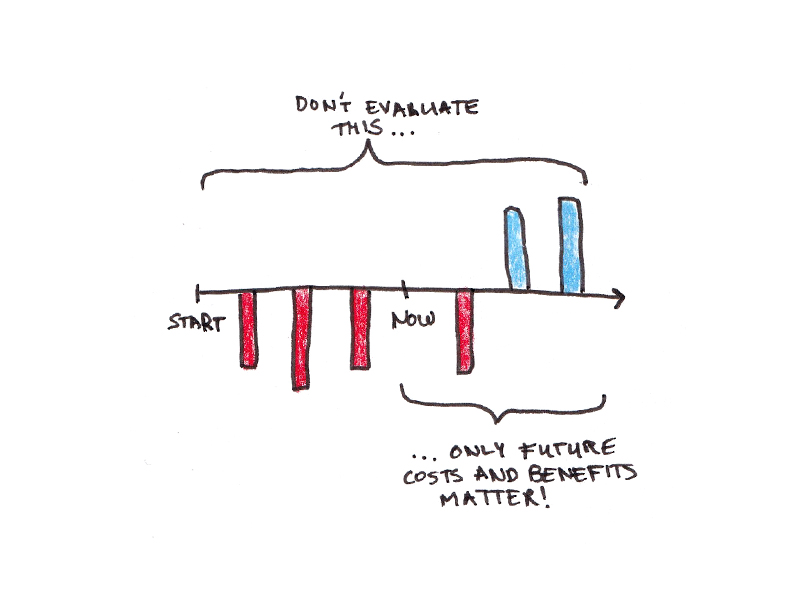
















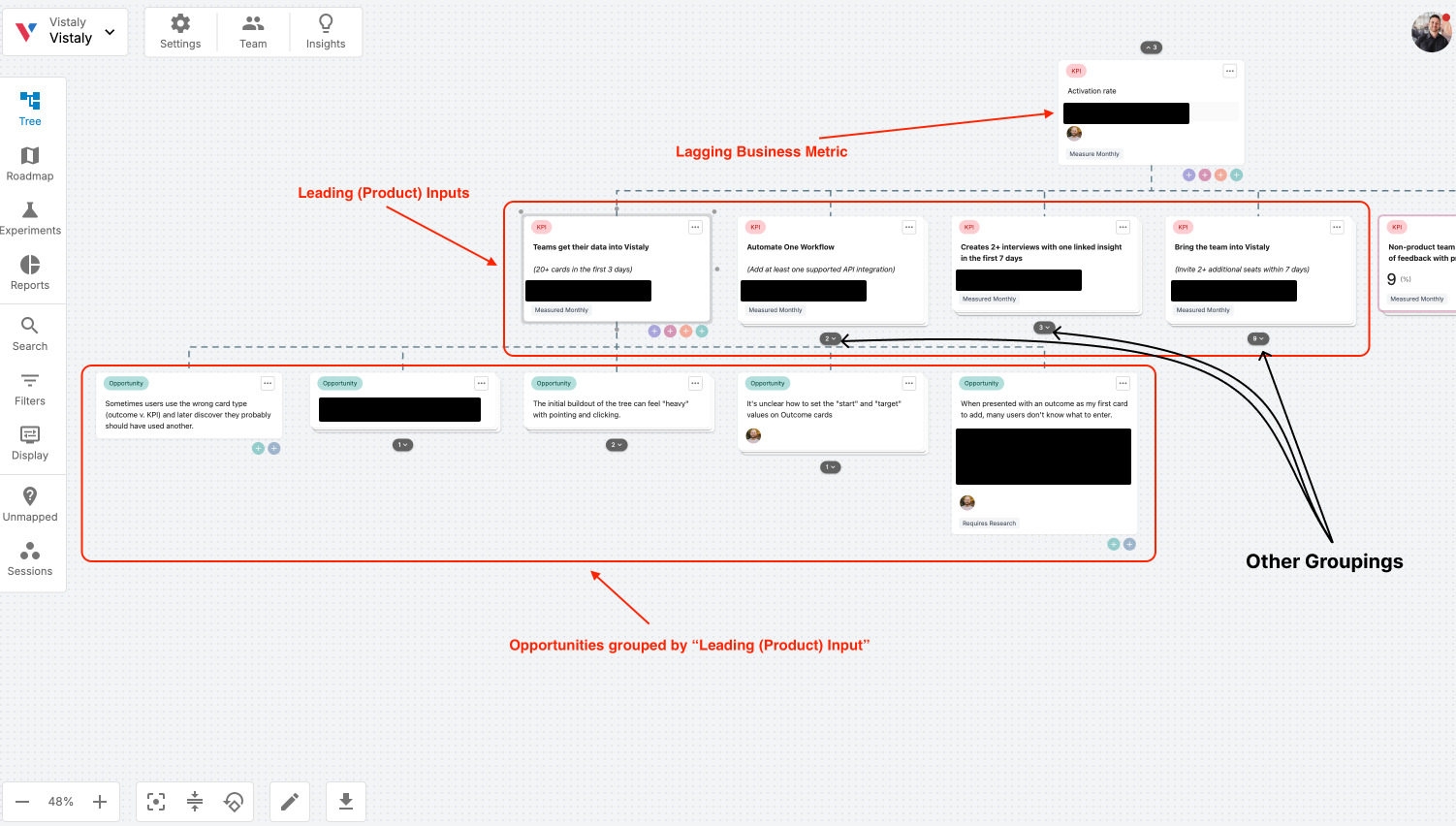
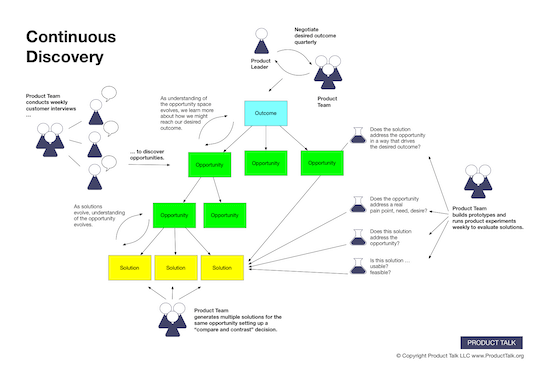
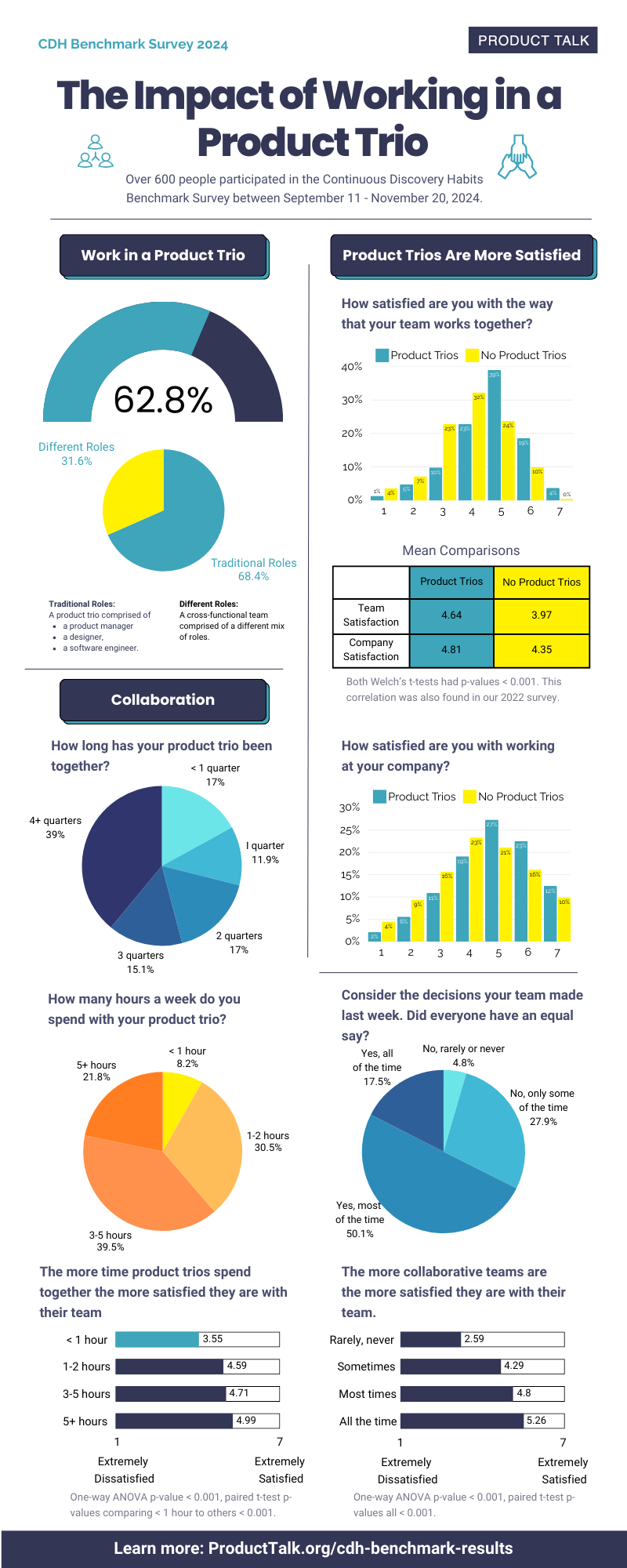



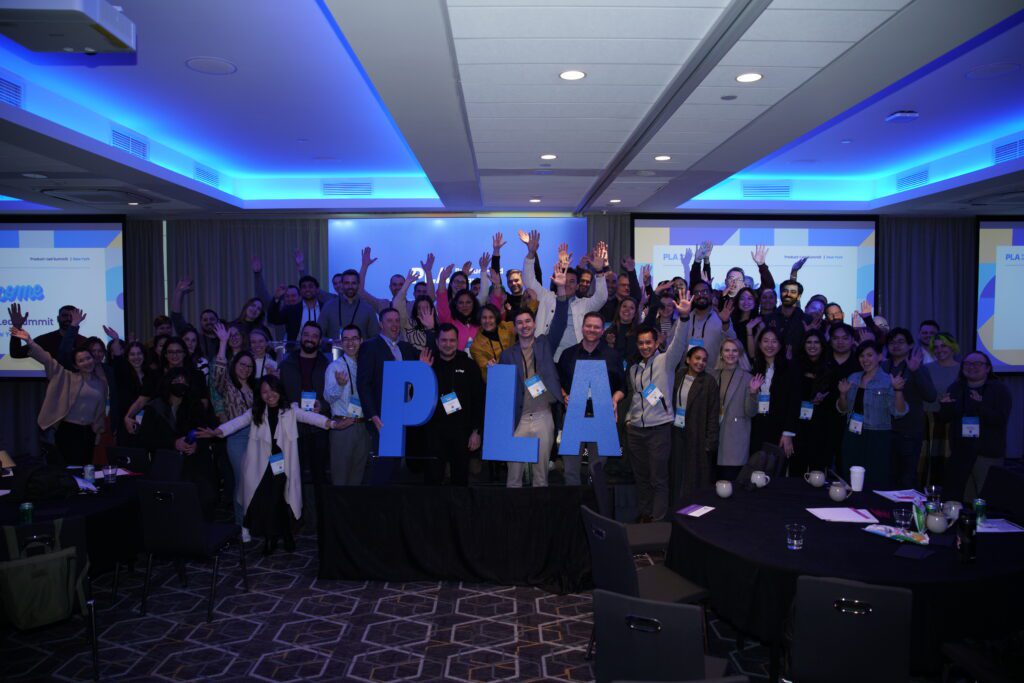










![Building A Digital PR Strategy: 10 Essential Steps for Beginners [With Examples]](https://buzzsumo.com/wp-content/uploads/2023/09/Building-A-Digital-PR-Strategy-10-Essential-Steps-for-Beginners-With-Examples-bblog-masthead.jpg)


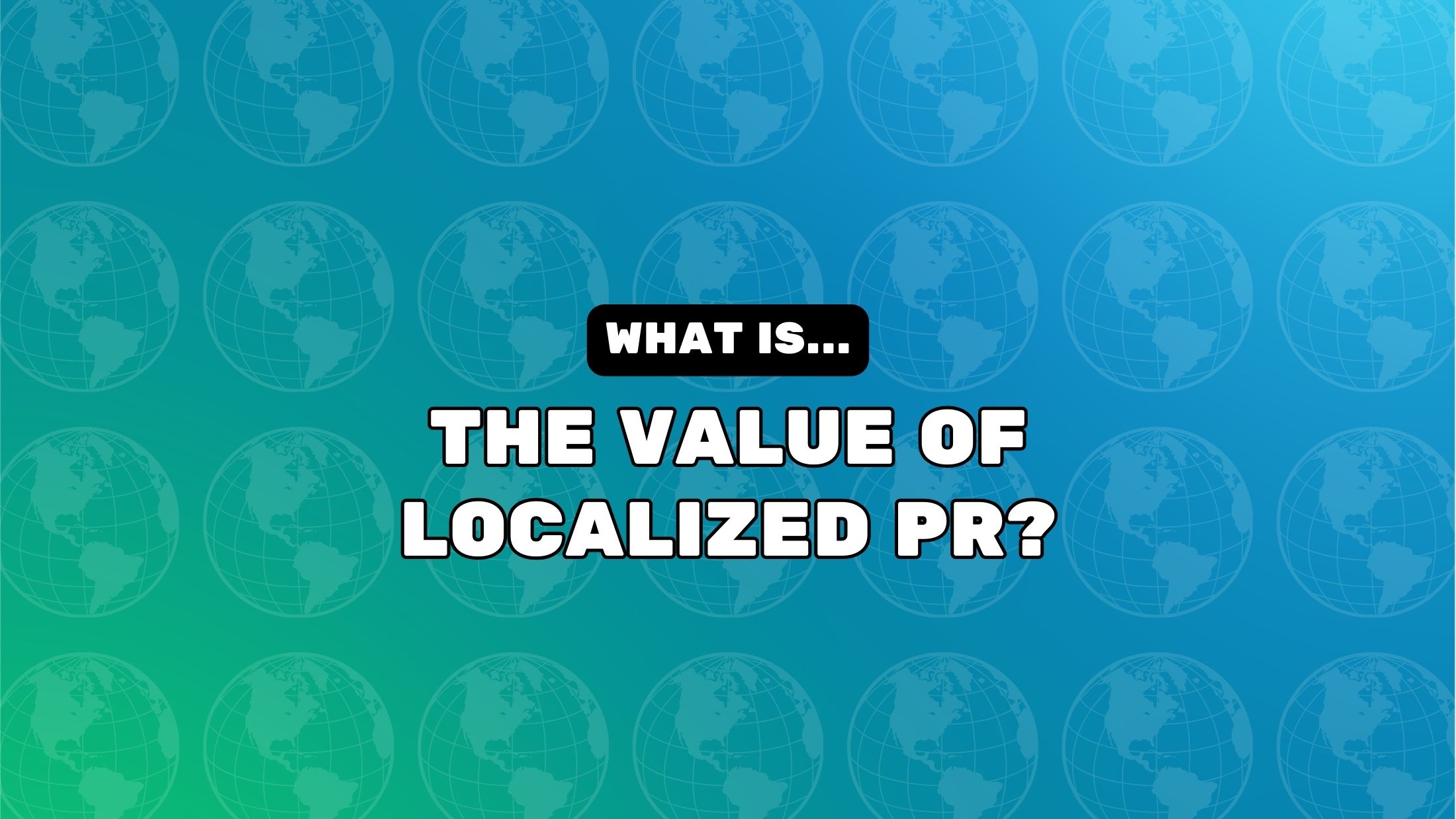
![How One Brand Solved the Marketing Attribution Puzzle [Video]](https://contentmarketinginstitute.com/wp-content/uploads/2025/03/marketing-attribution-model-600x338.png?#)




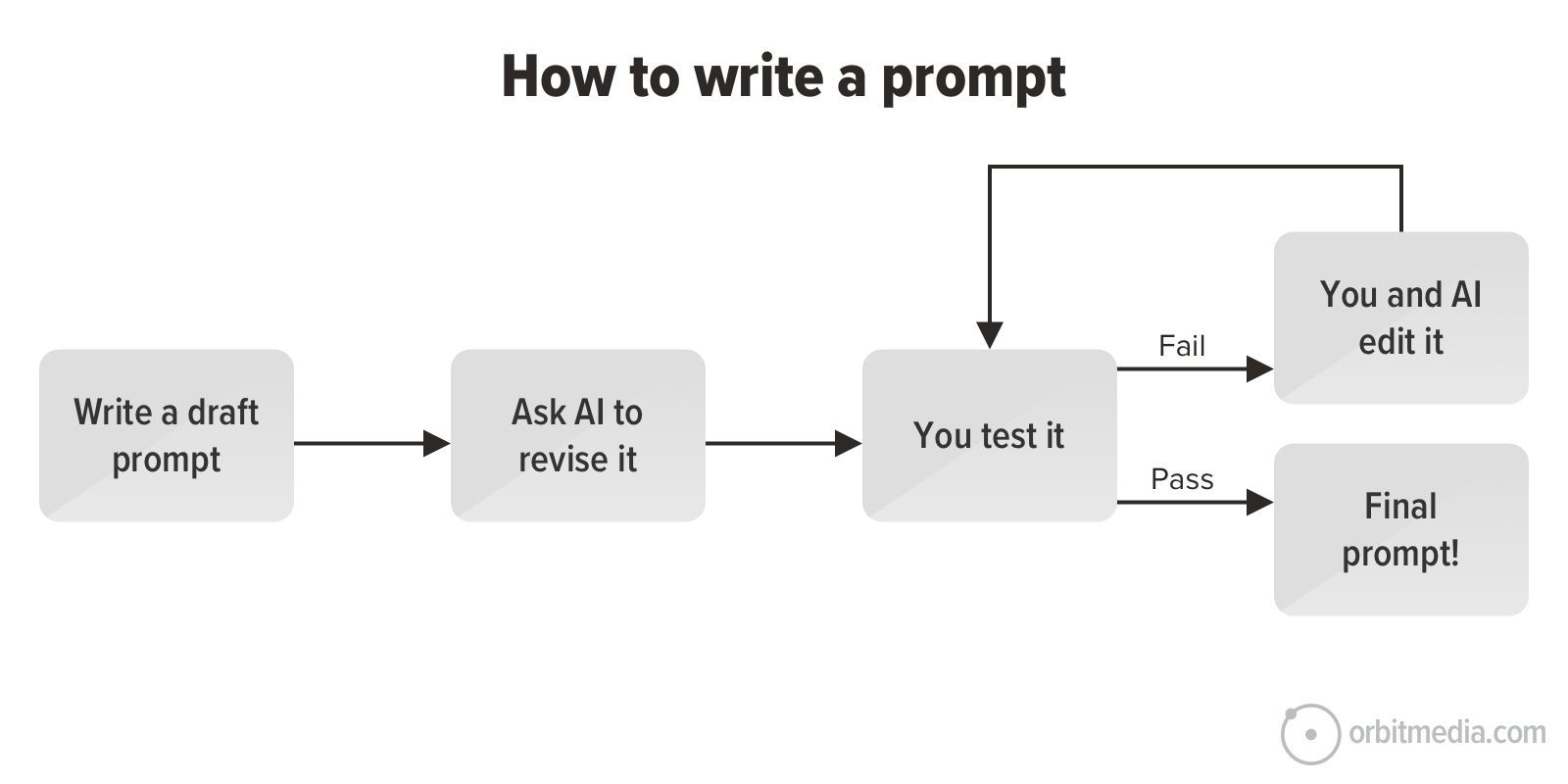
![How to Use GA4 to Track Social Media Traffic: 6 Questions, Answers and Insights [VIDEO]](https://www.orbitmedia.com/wp-content/uploads/2023/06/ab-testing.png)
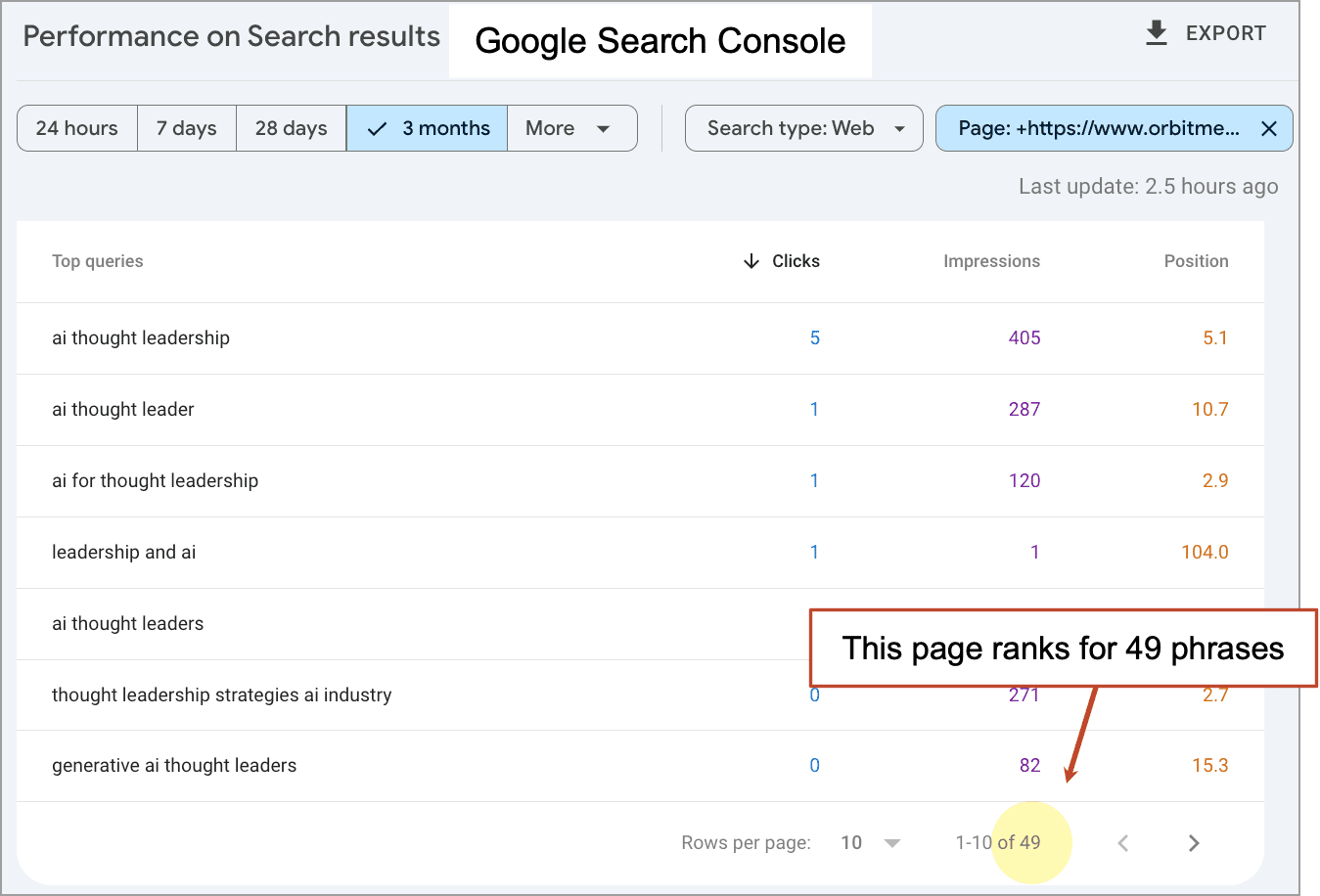







![[Hybrid] Graphic Designer in Malaysia](https://a5.behance.net/920d3ca46151f30e69b60159b53d15e34fb20338/img/site/generic-share.png)























